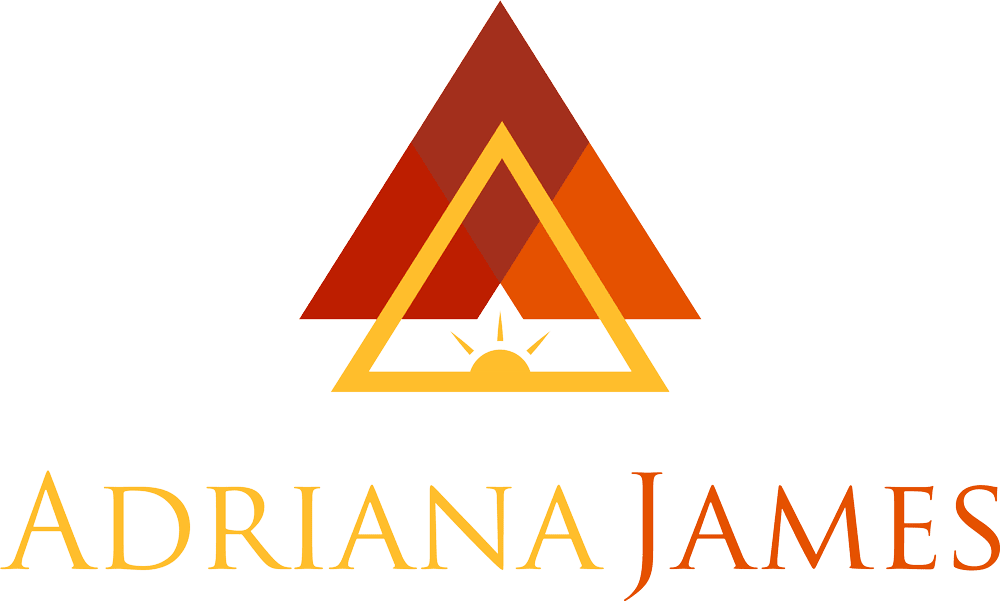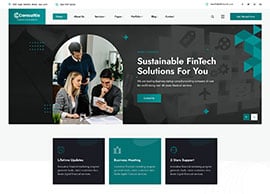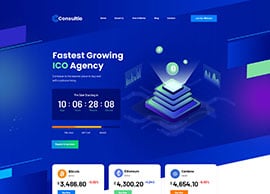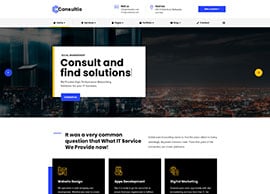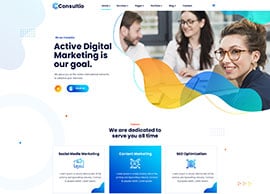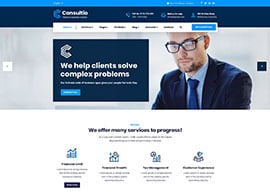Communication is defined as the act of transferring information about our experiences to another person, place, or groups of people. When we think of communication, we immediately think of words. As important as they are (and they really are), words comprise only 7 percent of our communication according to now-famous studies of Albert Mehrabian (mainly Mehrabian & Ferris, 1967; and Mehrabian & Wiener, 1967). Another important source is the study named “Kinesics and Communication,” by Ray Birdwhistell from the University of Pennsylvania, which also concluded that words comprise only 7 percent of our communication. Also according to Birdwhistell, the 7 percent is all we have to communicate person to person using words – and yet they are vitally important.
The point is that communication entails far more than just words, and it is a substantially more complex subject. It relates to how a verbal message is received in the presence of other factors, like tone of voice, speed of speech, loudness of the voice, physiology of the whole body or parts of the body like hands or head tilt, other particular movements, and other factors.
Here a scenario. If a Martian comes down and ask you to explain to them What is an orange? You can say something like: “An orange is the fruit of the citrus species in the family Rutaceae. The orange is a hybrid, possibly between pomelo (Citrus maxima) and mandarin (Citrus reticulata), cultivated since ancient times.”

OK, but what is a Citrus, the Martian may ask you? And unperturbed, you continue:
“Citrus is believed to have originated in the part of Southeast Asia bordered by Northeastern India, Myanmar (Burma) and the Yunnan province of China. Citrus fruit has been cultivated in an ever-widening area since ancient times; the best-known examples are the oranges, lemons, grapefruit, and limes.”
And on and on you go. But would the Martian know what an orange is?
Probably not! Because they will have no experience of the sweet/sour taste, orange colored round fruit, or the smell of the orange peel. Of course, words are used for more than just labeling experience—they help us to create abstract concepts, mathematical, geometrical and physical concepts.
NLP can be very helpful, because it proposes that in the Internal Representation of an experience (which the content of our thinking, including the five senses as in pictures, sounds, feelings, smells, tastes and our internal dialogue), there are as many meanings associated to words as people. By discovering how the Internal Representation is constructed, how you do the thinking inside your head, you can change those things that don’t work well. It also becomes easier to really understand what the other person is actually trying to convey without guessing, mind reading, or bias.
NLP shows us that when we presuppose that everyone has the same evaluation (Internal Representation) as we do, we get ourselves in trouble. The result? Miscommunication, and even arguments, hurt feelings, and false conclusions. NLP takes a different – and much more empowering approach also in sharing the simple steps of creating rapport (the process of creating trust and cooperation) between people based on their communication; if Mehrabian was correct (and in NLP we believe he was) rapport is built on communication (especially non-verbal) and not the other way around.

Every human being has one sense which drives their communication style. In NLP we call this their preferred representational system. The basic representational systems include: Visual (based on the sense of sight); Auditory (based on the sense of hearing); Kinesthetic (based on the sense of feeling and sensation); or Auditory-digital (based on self-talk).
NLP also shows us how to become masterful communicators also by learning how to address each person according to their preferred modality, Visual people are attracted to messages that use visual images and emphasize the visual aspect of a product or service. A person with a primary auditory representational system will respond to the tonality and quality of the sounds that they enjoy most. If you speak too slowly or too quickly, if your words are too visual, too abstract, or too feelings-oriented, they will tune out and therefore they will not hear your message.
In NLP, we also learn that people whose preferred representational system is kinesthetic tend to speak quite slowly and prefer messages that are delivered in a slower, more relaxed style. They will become quickly absent-minded or not able to understand you if you present too many pictures, sounds, or abstract ideas. Auditory-digital people think and speak in abstract ideas and they are attracted to abstract ideas. They are comparing your words with the words and ideas and concepts in their own head and putting them together to see if they make sense or not.

Based on the preferred representational system, in NLP we can discover:
The understanding and application of this complex set of aspects is why good communication skills are considered so desirable by employers, leaders, presenters, business people around the world: accurate, effective and unambiguous communication is actually extremely hard without training. These are only a few of the ways by which NLP can assist us to not only communicate in such a way that we are understood, but also how to understand others without prejudice, preconceived ideas, and dogma.
